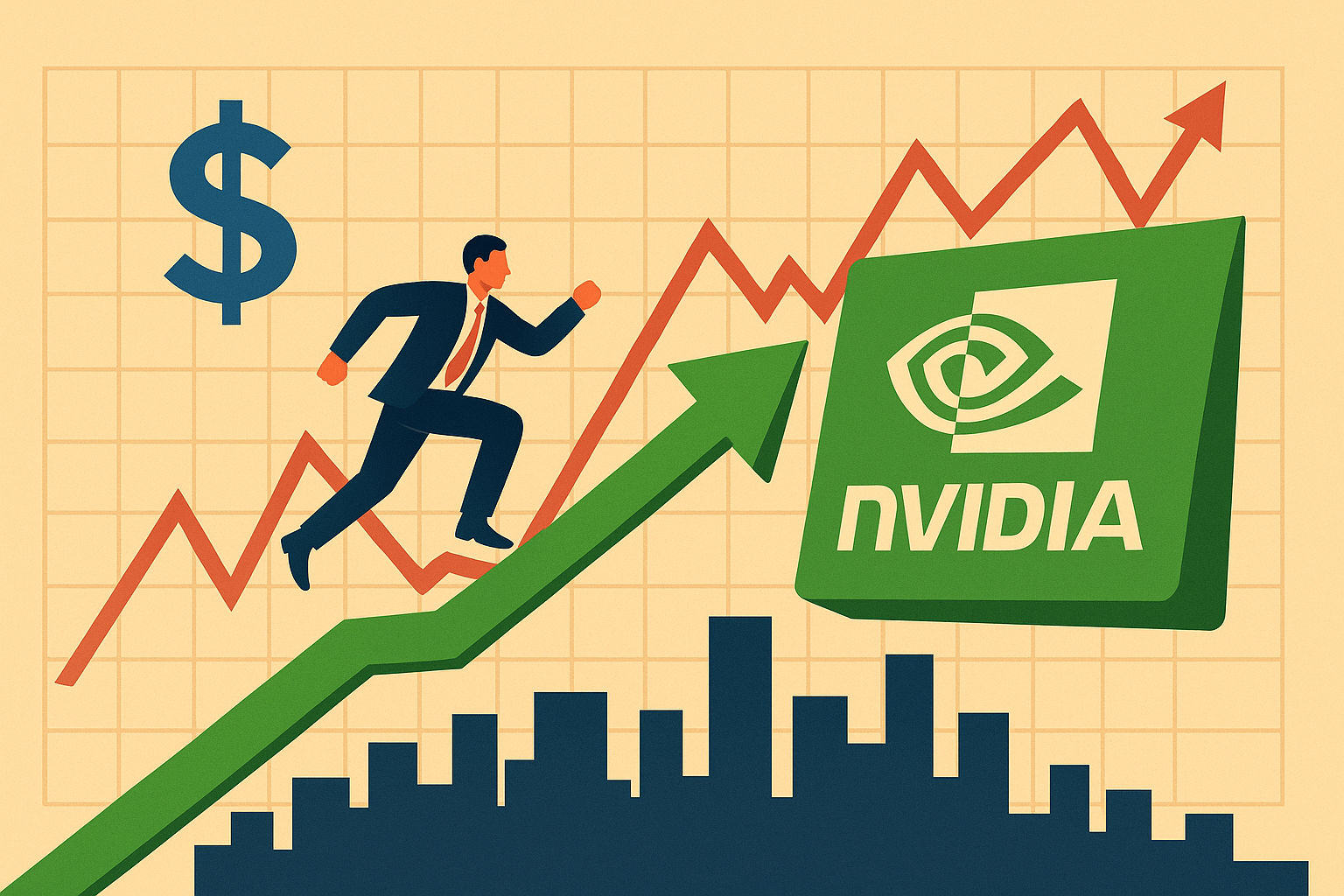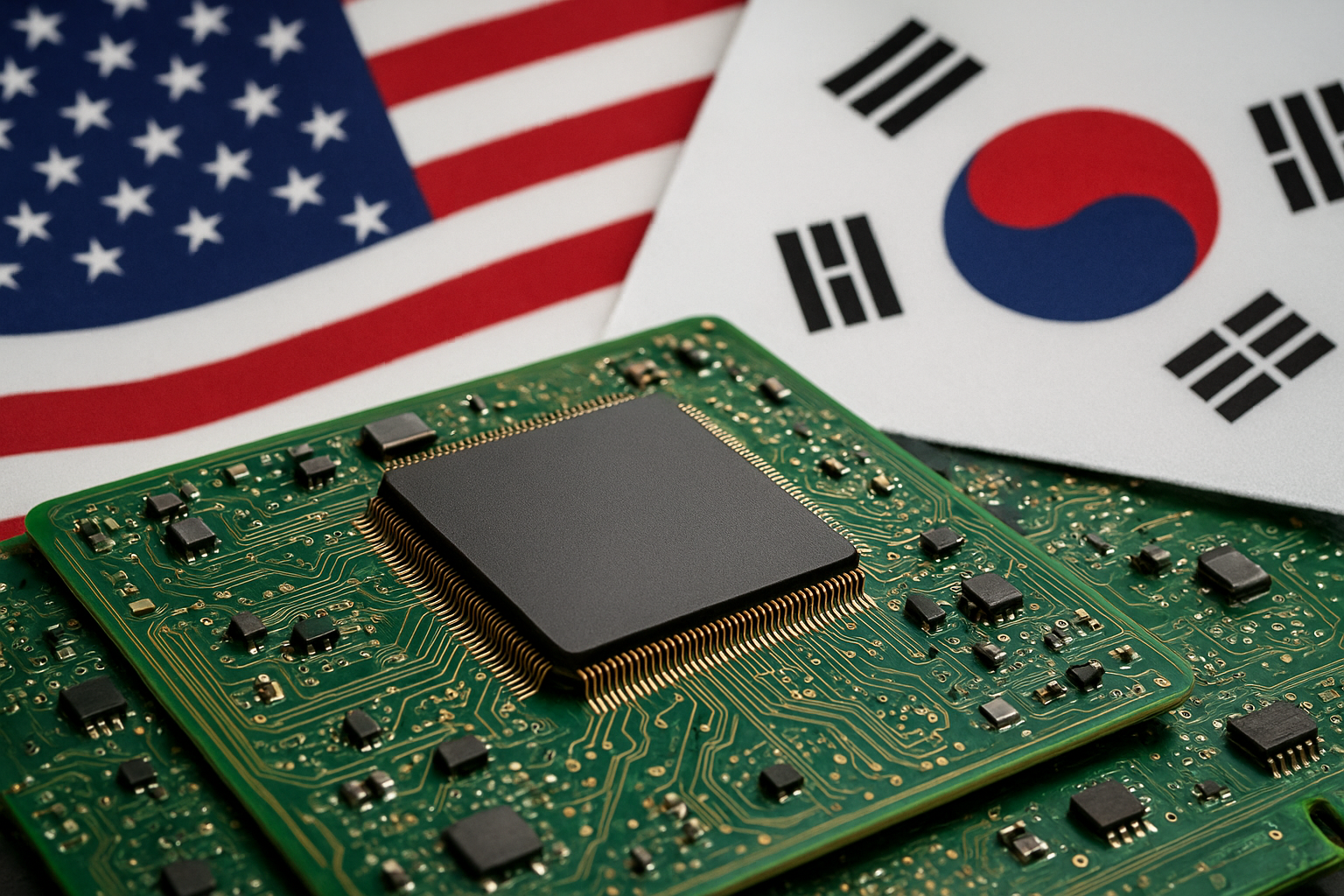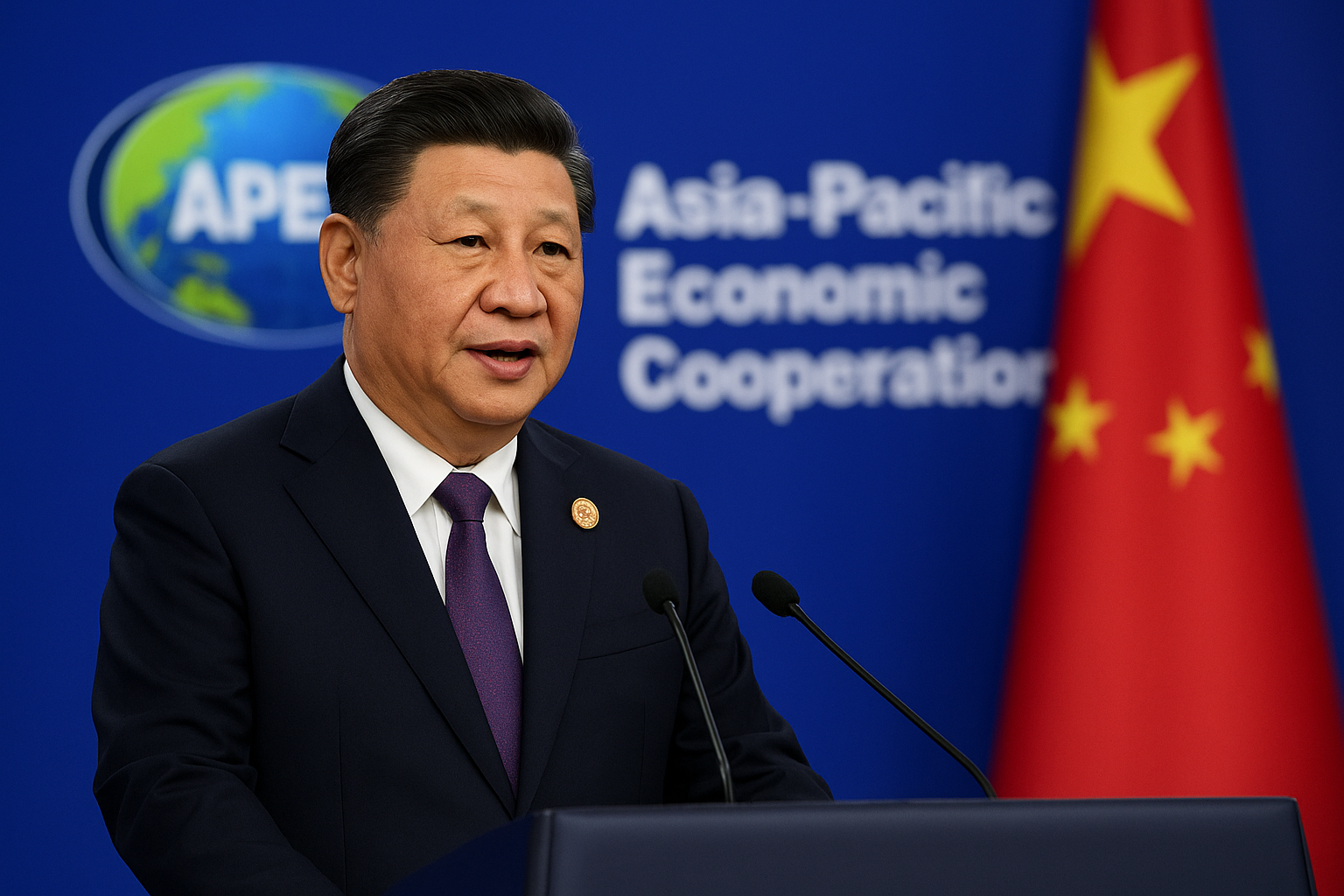Wall Street’s optimism reached a fever pitch this week as the S&P 500 closed at a record high, with investors effectively betting the market’s fortunes on a single stock: Nvidia. Ahead of the chipmaker’s highly anticipated earnings release, traders appeared willing to overlook broader macro risks, underscoring how deeply the artificial intelligence (AI) narrative has embedded itself into equity markets.
According to Reuters, Nvidia now accounts for roughly 8% of the S&P 500’s weight, putting its quarterly results on par with macro events like Federal Reserve policy announcements in terms of market impact. Simply put, Nvidia has become the market’s barometer, and its earnings have the power to move trillions in valuation across global equities.
Why This Matters for Investors
The rise of Nvidia from a niche graphics card maker to a trillion-dollar AI powerhouse has redefined equity market dynamics. In previous decades, companies like Apple and Microsoft served as sentiment anchors; today, Nvidia has assumed that role as the face of AI’s investment boom.
This concentration of market reliance presents a double-edged sword. On one hand, strong earnings from Nvidia reinforce the AI trade, boost investor confidence, and extend the bull run in tech-heavy indices. On the other, any sign of slowing momentum—whether due to demand saturation, regulatory headwinds, or geopolitical risks—could spark a market-wide pullback.
Bank of America analysts recently warned that “Nvidia has become the new sentiment fulcrum for equities, especially as AI optimism fuels stretched valuations.” With the Nasdaq 100 trading at over 30 times forward earnings, investor confidence in Nvidia’s growth trajectory is crucial to sustaining momentum.
Market Euphoria vs. Valuation Risks
The S&P 500’s record high is both a milestone and a warning sign. According to FactSet, valuations for the S&P 500’s technology sector have climbed to their highest levels since the dot-com boom. Nvidia’s 2025 forward price-to-earnings ratio stands at nearly 50x, a premium even compared to other megacap tech leaders like Microsoft (33x) and Apple (29x).
This valuation premium reflects the company’s commanding role in AI infrastructure, but it leaves little room for disappointment. If Nvidia fails to meet—or exceed—lofty growth expectations, the market could experience a swift correction, particularly in semiconductor and AI-adjacent names.
As Morgan Stanley’s Mike Wilson noted in a client note, “The market is effectively pricing perfection into Nvidia. Any wobble could reverberate far beyond tech.”
Future Trends to Watch
- AI Diffusion Beyond Nvidia
While Nvidia remains the primary beneficiary of AI’s rise, investors are increasingly looking to secondary beneficiaries. Cloud providers such as Microsoft ($MSFT) and Amazon ($AMZN), as well as equipment makers like ASML ($ASML) and Lam Research ($LRCX), stand to gain from infrastructure demand. - Policy and Regulation
The U.S.–China technology rivalry looms large. Recent curbs on chip exports could dampen growth, especially given that China accounted for up to 25% of Nvidia’s data center sales last year. Regulatory scrutiny in both Washington and Brussels over AI dominance also poses potential headwinds. - Broader Market Sentiment
With the Federal Reserve hinting at a potential rate cut later this year, liquidity conditions remain favorable. Yet, if inflation surprises to the upside or geopolitical shocks escalate, stretched tech valuations may come under pressure.
Key Investment Insight
For investors, the message is clear: Nvidia has become the market’s compass, but relying too heavily on a single stock is dangerous.
Practical strategies include:
- Portfolio diversification: Balance exposure to Nvidia with a basket of semiconductor and AI infrastructure names.
- Hedging tools: Consider using inverse ETFs or options strategies to cushion potential downside in the Nasdaq and S&P 500.
- Rotation opportunities: Watch for capital rotation into undervalued sectors such as industrials, energy transition plays, or financials if tech valuations begin to crack.
The Bigger Picture
The market’s record-breaking close illustrates the power of narrative: investors are not only betting on Nvidia’s earnings but on the continuation of the AI revolution. Yet, the line between euphoria and fragility is razor-thin.
As AI-driven optimism continues to fuel markets, Nvidia’s results have become more than just a corporate earnings report—they are the pulse of global investor sentiment.
For investors navigating this landscape, the coming months will test whether Nvidia can live up to its role as the cornerstone of the AI economy—or whether stretched valuations will leave markets exposed to the downside.
Stay ahead of market-moving developments with MoneyNews.Today, your trusted source for daily insights that cut through the noise and deliver actionable analysis.





